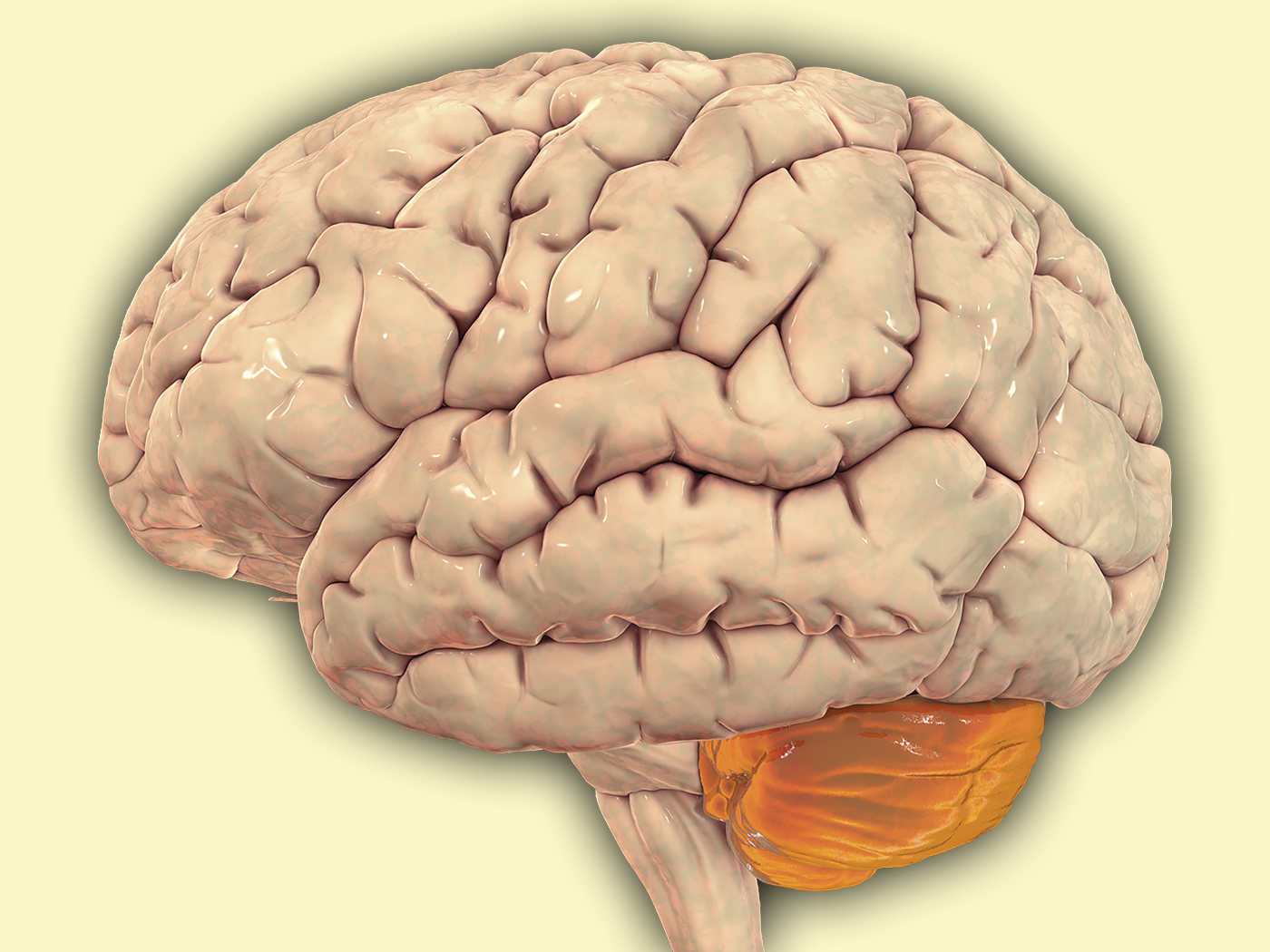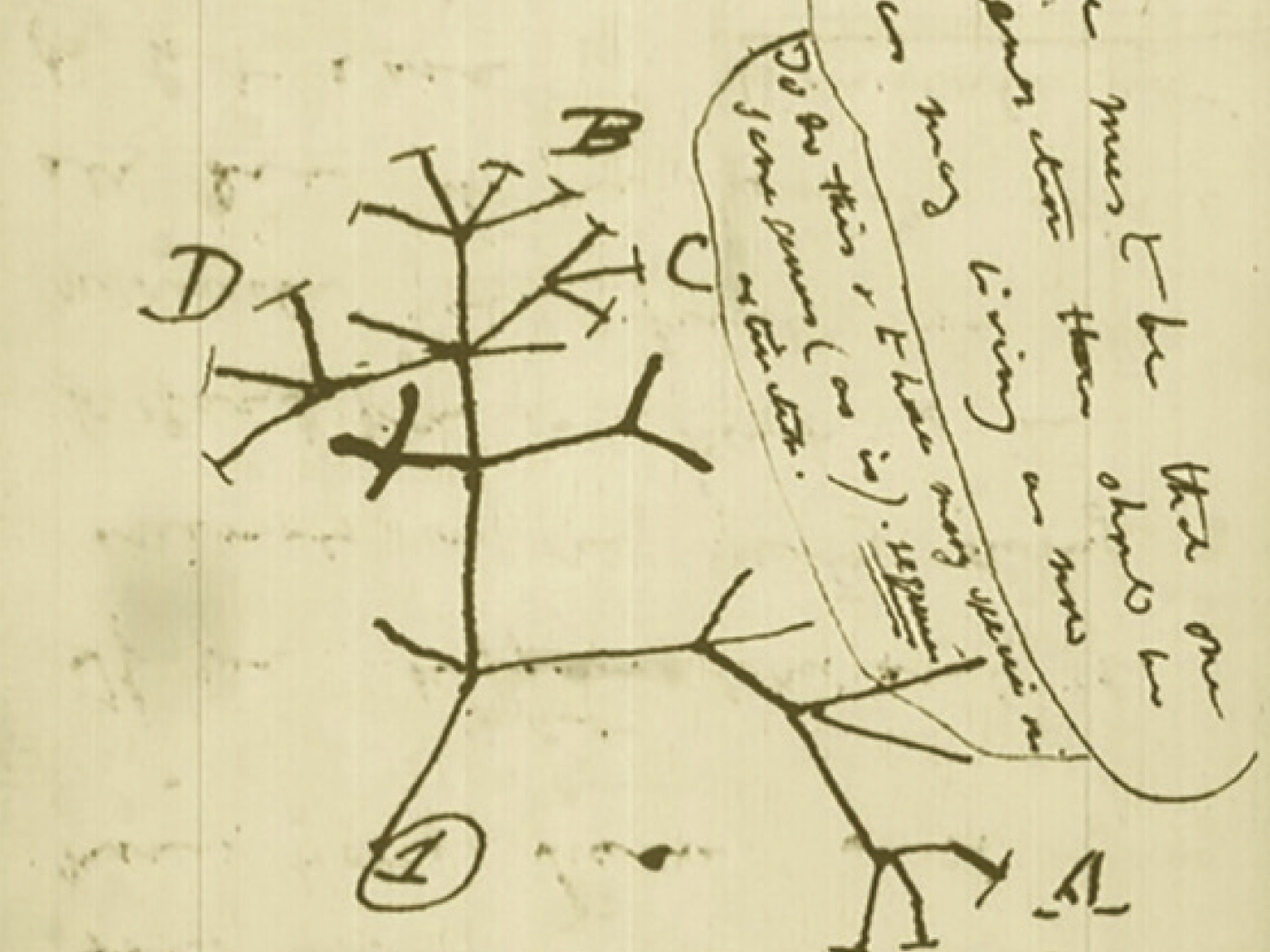New findings continue to support ICR’s theoretical assumption that biological functions are best explained by engineering principles.1 These findings challenge long-held Darwinian assumptions that the environment is responsible for “selecting” creatures, causing them to adapt. Rather, creatures appear designed from the start to sense their environment and adapt accordingly. The latest research comes from the lab of Mustafa Khammash, a control theorist at the Swiss Federal Institute of Technology Zurich (ETH Zurich). It goes a long way in explaining the mechanisms that enable biological homeostasis.
The paper by Khammash’s team, published in Nature, said of the engineering principle being studied, “Integral feedback control is arguably one of the most fundamental regulation strategies in engineering practice.”2 After years of biological experiments and high-level mathematical modeling, Khammash demonstrated that integral feedback regulation is now confirmed to be just as vital of a control mechanism in biological regulatory systems as it is in human-engineered ones. Figure 1 from Khammash’s Nature article along with its explanation depicts how integral feedback occurs.
In addition, his team derived a mathematical proof that the biological and engineered systems operate by the exact same principles.
An extensive article, published by Quanta Magazine, included interviews with Khammash and several scientists not associated with his research to discuss its implications. One interviewed scientist said,
In his early research, Khammash was challenged to model how cows regulate their internal calcium ion concentrations while still producing prodigious amounts of milk. Though Khammash was not a biologist, his engineering background prompted his intuition of how a cow’s innate systems must regulate calcium. In an interview he stated, “‘As a control engineer, the first thing I thought is, ‘There’s got to be an integrator,’ he said. The question then became, ‘How do cows integrate?’”
Engineers know that designing integral feedback is challenging. A poor design would never closely track changing target conditions and would likely destabilize any automated tracking system including those underlying biological homeostasis. In fact, one key finding of Khammash’s team was that the performance—and thus the mathematical—constraints for robust perfect adaptation in biological systems were so huge that there was only a single engineering solution to the problem.
It would make sense for Khammash’s team to use rational engineering causality to explain the origin of the robust perfect adaptation found in biology and why those systems operate by the same design principles that engineers use. But they didn’t. Biological thinking is trapped in the mystical milieu of Darwinian selectionism that unfailingly personifies nature as exercising agency to explain the origin of biological function in lieu of God’s agency.4 In the opening paragraph of their scientific paper, they pay homage to selectionism and offer up a magical personification of nature saying,
Maybe Harvard’s Olsman embraces selectionism himself, but ironically when it comes to implementing the best synthetic biology he wants nothing to do with the trial-and-error methodology envisioned by Darwin’s natural selection.5 The Quanta article states, “Olsman hopes this example will help bring a more rational, math-based approach into synthetic biology, as in engineering. ‘We don’t build a thousand airplanes, put them in the sky and hope they don’t fall down,’ he said.” In fact, the article aptly summed up the central reason for Khammash’s success, “Biologists have slowly made progress in understanding how cells and other living things implement negative feedback control systems. Finding the answers meant looking at the problem through an engineer’s eyes.”
That robust perfect adaptation is explained by engineering principles is confirmation of the central assumption of ICR’s theory of biological design. A design-based interpretation of Khammash’s findings places them as integral to understanding the engineered mechanisms that enable organisms to rapidly solve environmental challenges. ICR takes a straightforward explanation for the origination of these exquisite biological systems: they look designed because they are designed. The Designer demonstrating unmatched engineering prowess is the Lord Jesus Christ (Colossians 1:15-17).
References
1. Guliuzza, R. J. 2018. Engineered Adaptability: Adaptive Changes Are Purposeful, Not Random. Acts & Facts. 47 (6): 17-19.
2. Aoki, S. K. et al. 2019. A universal biomolecular integral feedback controller for robust perfect adaptation. Nature. 570: 533–537. DOI https://doi.org/10.1038/s41586-019-1321-
1.
3. Lim, X. Z.. Math Reveals the Secrets of Cells’ Feedback Circuitry. Posted at quantamagazine.org on September 18, 2019 accessed September 22, 2019.
4. Guliuzza, R. 2011. Darwin’s Sacred Imposter: Natural Selection’s Idolatrous Trap. Acts & Facts. 40 (11): 12-15. 5. Guliuzza, R. J. 2018 Engineered Adaptability: Adaptive Solutions Are Targeted, Not Trial-and-Error. Acts & Facts. 47 (7): 17-19.
*Randy Guliuzza is ICR’s National Representative. He earned his M.D. from the University of Minnesota, his Master of Public Health from Harvard University, and served in the U.S. Air Force as 28th Bomb Wing Flight Surgeon and Chief of Aerospace Medicine. Dr. Guliuzza is also a registered Professional Engineer.





















